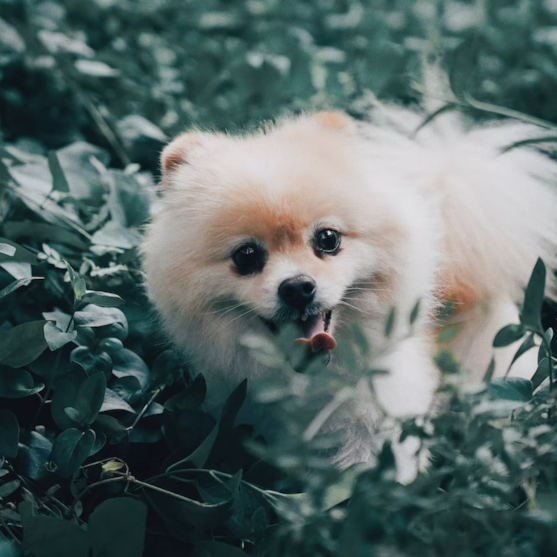Pomeranian Breed Information


The Pomeranian has enchanted dog lovers from all corners of the world for centuries, becoming one of the most loved dog breeds of our time. It has one of the cutest appearances, and charms with its delightful personality.
Poms have been around for countless centuries and remain one of the most prominent dogs in history. From surviving the Titanic, to being the favorite lapdog of royalty, you can bet this dog will steal your heart. The personality of the Pomeranian is one that fits any dog lover. This pooch is loving, loyal, eager to please, and as sweet as can be. Cuddles are their favorite pastime, and affection is something they give their owners generously.
Characteristics
- Also known as Pom Pom and Loulou de Pomeranie, the Pomeranian is one of the most popular purebred dog breeds around
- The American Kennel Club recognizes the Pomeranian as a Toy dog breed
- The average size of this breed is between 4 to 7 pounds in weight and 8 to 11 inches in height in adulthood
- Poms have a sweet, kind personalities and require a loving home environment to thrive
- They are great with kids and get along nicely with other pets
- Pomeranians can be jealous of others if not socialized early
- Given their calm temperaments and endearing nature, they make ideal dogs for therapy work
- The Pomeranian breed has a double coat that sheds occasionally
- Easy to train and care for, the Pomeranian puppy can be an excellent first pet for new dog owners

Appearance
Deemed by many the cutest dog alive, the Pomeranian is a pooch that doesn’t lack admirers. Coming in a toy size and sporting those gorgeous wolf-like features, this dog is equipped to charm anyone anywhere.
Pomeranians have a very unique appearance. Their ears are raised and pointed, giving them the appearance of a wolf puppy; they have a thin, pointed muzzle, and adorable dark, almond-shaped eyes. The Pomeranian tail is possibly one of their cutest features. It is worn gracefully curled over their backs and has a feathered fluffiness that is impossible to resist.
When it comes to size, the Pomeranian knows he is among the smallest dogs in the world and shows it gladly through its elegant step and proud demeanor. Being part of the American Kennel Club’s Toy group, the Pomeranian weighs no more than 4 to 7 pounds as an adult. He can grow between 8 and 11 inches, or less for teacup Pomeranians.
Breed standard dictates many colors for the Pomeranian coat, with one more gorgeous than the other. Most common Pomeranian colors are red, orange, tan, black and tan, brindle, and cream. Colors that are rarer in the breed include pure white or black coats, sable, wolf sable, and merle. These colors and any combination of these colors, fit the Pomeranian double coat like a glove.
Temperament
A kind-hearted, warm, and cuddly dog, the Pomeranian makes a fantastic companion pet for any dog lover. This breed is renowned for its sweet personality, but it also has traces of feistiness from its earlier years as a working dog. Versatile in every sense of the word, the Pomeranian will impress you with its lovable nature and many skills.
Pomeranians are calm-tempered dogs, not usually shy around strangers or other animals. They are courageous and despite their tiny size, have plenty of spunk.
Like most dog breeds, Pomeranians require early socialization to ensure they grow up to be friendly and outgoing around everyone. They aren’t known to be snappy or reactive but can become so when overly pampered.
When it comes to kids and families, they are the cuddliest and most playful dogs. They adore spending time with their owners and family members and completely love being the center of attention.
Care
Grooming
Keeping your Pomeranian looking and feeling its best, will require very little effort on your part. Although this is a breed that sheds occasionally, the Pomeranian doesn’t need an extensive routine for brushing. If you opt for a puppy cut or teddy bear cut and keep your Pomeranian with short hair, brushing is minimal. Once a week will be all it takes to keep your Pom looking gorgeous. Pomeranians with long hair may need a bit more brushing than those who are kept with shorter hair. For long-haired Pomeranians, brushing should be done twice a week to ensure their fur stays tangle-free.
Baths don’t need to be as frequent as every month, especially since these dogs aren’t prone to getting dirty very quickly. They can be bathed once every few months. Their nails, however, need to be clipped regularly. Overgrown nails can be painful and should be kept short.
Another crucial step in grooming Pomeranians is brushing their teeth. Like most dogs, Poms can be prone to dental issues and should have a set routine that includes daily brushing.
Exercise Needs
However energetic their personalities are, Pomeranians don’t require extensive exercise routines given their pocket size. They like running and playing games of tug-of-war, but they are not built for intense exercise. An ideal routine for these toy dogs should include one or two short daily walks, and some fun indoor activities that are both physically and mentally stimulating.
Though they don’t require endless walks to meet their exercise needs, Pomeranians do need to be walked daily for at least 10 minutes. Keeping them inside all day will not be beneficial for them.
Health
The Pomeranians are a breed that proudly checks all the boxes. Not only are they adorable, smart, and friendly, but they are also one of the healthiest toy dogs in the world. Health problems in Pomeranian dogs are rare and non-life-threatening. They may be prone to dental problems like tartar-build-up and gum disease, vision problems during their senior years, allergies, and patellar luxation that is caused by injury or excessive weight.
Although their health records are sometimes spotless, Pomeranians can have problems because of their small size. Being as petite as they are, Poms can be fragile, especially during rough play. They can be easily injured if not careful.
Lifespan
As a breed that is renowned for its longevity, the Pomeranian makes an excellent addition to a family looking for a long-term commitment. The average lifespan of Pomeranian dogs is between 12 and 16 years, but it is not rare to find these dogs living up to 20 or more years. The oldest Pomeranian on record lived to be 21 years old.
Happy and healthy Pomeranians will live long lives. To ensure that your puppy lives a long, comfortable life, it’s important that you provide them with a diet of high-quality dog food and homecooked meals specifically designed for their size, age, and energy levels. Daily exercise is also recommended, as are regular trips to the vet for check-ups.
Training
Pomeranian puppies are renowned for their beautiful personalities and intelligence, but as most owners attest, they are not always the easiest to train. Because of their small, adorable size and looks, they are one of the easiest dogs to spoil, and this can bring out their stubborn streak. Their nature is sweet, and they are eager to learn and please, as long as they are not overly spoiled.
For most Pomeranian puppies, training methods that work include positive reinforcement and a reward-based system. Motivation is key, and so is daily practice.
To train your Pomeranian puppy, the first steps you need to take are identifying what their likes and dislikes are and creating a training program that includes both games and lessons. Training sessions should be 10 minutes long to yield the best results. Longer sessions might be tiring for small puppies.
You can begin by teaching your Pom puppy the basic commands. These should include learning where to potty, how to sit, lay, wait, and learning to respond to their name. These commands will be effortless for the Pomeranian to learn.
Socialization is also important for these dogs, although they are a naturally friendly breed. They adore people and even other pets, but they can be shy around strangers if not taught to socialize early on. Your Pomeranian will be easy to train, however, it is important to start early and practice as often as possible.
History
A member of the Spitz family, the Pomeranian is one of the oldest dog breeds in the world, dating back hundreds if not thousands of years. Although their exact origin remains a mystery, Pomeranians have appeared in several art forms from ancient times. The original Pomeranian, who didn’t yet have a name, is believed to have been an ancient, large breed of the Spitz type. This Spitz dog/Pomeranian ancestor was a sled dog in the Arctic.
It is believed that the Spitz working dog traveled from the Arctic to the region of Pomerania, a historical region that is now part of both Germany and Poland. In Pomerania, the Pomeranian people took a liking to the working dogs, not only for their skills in various jobs but also for their wolf-like appearance and charming personality.
In Pomerania, the Spitz dog was bred down to a smaller size, making it a better fit for companionship. But that is not where the breed’s journey ended. The now smaller Pomeranian ancestor traveled across Europe and into the hearts of royal families, where they were yet again bred down in size.
Through countless generations, the Pomeranian was bred down even more to a smaller, adorable size. Historians believe that Queen Victoria alone managed to breed the dog to half its original size.
The Pomeranians we know and love today, had a rich journey from their Arctic sled-pulling days to their time as the favorite lapdogs of Kings and Queens. Their history is impressive, from being the favorite lapdogs of royalty to surviving the sinking of the Titanic. They journeyed from one corner of the world to the next and charmed everyone they met. They are now one of the most popular purebred dog breeds in all corners of the world.
Poms are also the parents of various crossbreeds/hybrids. Pomeranian mixes come in all shapes and sizes, but the most popular remains the Pomsky – Pomeranian x Husky mix, Pomapoo – Pomeranian x Poodle mix, Maltipom – Maltese x Pomeranian mix, and Pomachon – Pomeranian x Bichon Frise mix.





